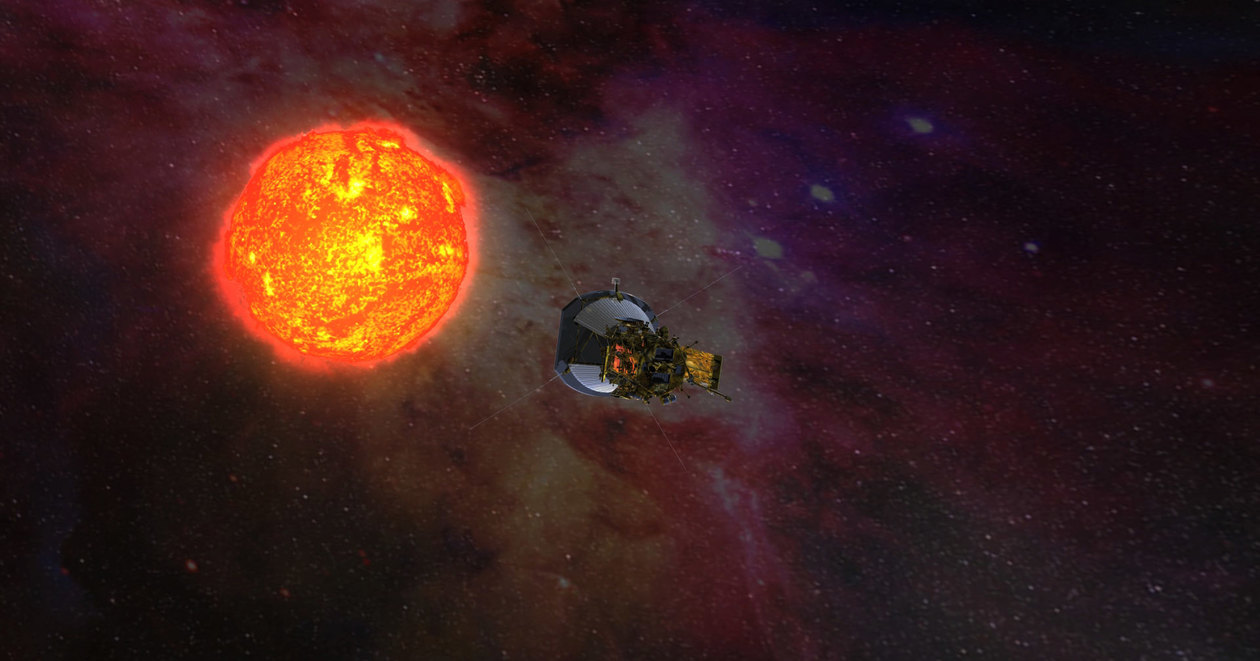
NASA has announced that their solar hunter Parker Solar Probe is now the human-made object that has been closest to the sun, ever.
The craft has passed the previous record of 42.7 million kilometers (26,5 million miles) from the sun’s surface, which the German aircraft Helios 2 set in 1978.
“It’s been just 78 days since Parker Solar Probe launched, and we’ve now come closer to our star than any other spacecraft in history. It’s a proud moment for the team, though we remain focused on our first solar encounter, which begins on Oct. 31. “
– NASA’s project manager Andy Driesman.
Parker Solar Probe’s main objecte as it approaches the sun will be trying to determine why the sun’s atmosphere, the so-called coronary, is three times warmer than the surface of the sun. The aircraft will also investigate wind thunder and how these can possibly affect the Earth.
The probe will approach within 6.9 million kilometers (4.3 million miles) from the center of the Sun and will travel, at closest approach, as fast as 690,000 km/h (430,000 mph). It is the first NASA spacecraft named after a living person, honoring physicist Eugene Parker, professor emeritus at the University of Chicago.
NASA mounted a memory card containing the names of over 1.1 million people was mounted on a plaque and installed below the spacecraft’s high-gain antenna on May 18, 2018.[15] The card also contains photos of Parker and a copy of his 1958 scientific paper predicting important aspects of solar physics.
“Parker Solar Probe is going to revolutionize our understanding of the Sun, the only star we can study up close,”
“It’s fitting that as the mission undertakes one of the most extreme journeys of exploration ever tackled by a human-made object, the spacecraft will also carry along the names of so many people who are cheering it on its way.”
– Nicola Fox, project scientist for Parker Solar Probe at the Johns Hopkins Applied Physics Lab in Laurel, Maryland.


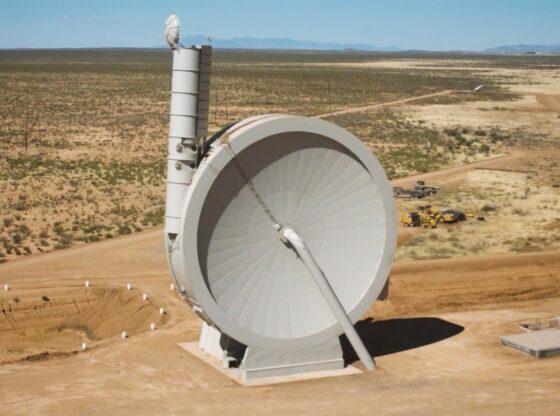
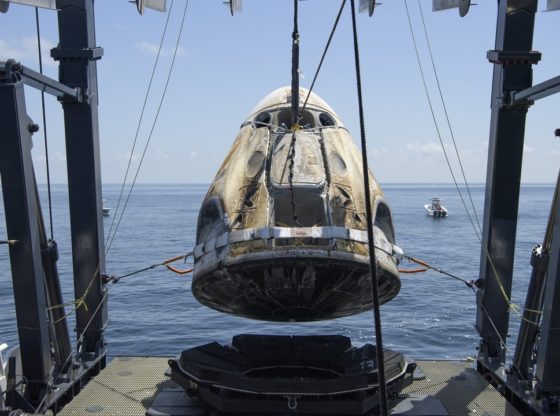
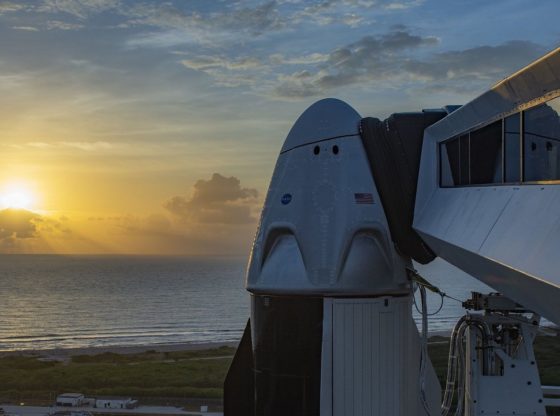
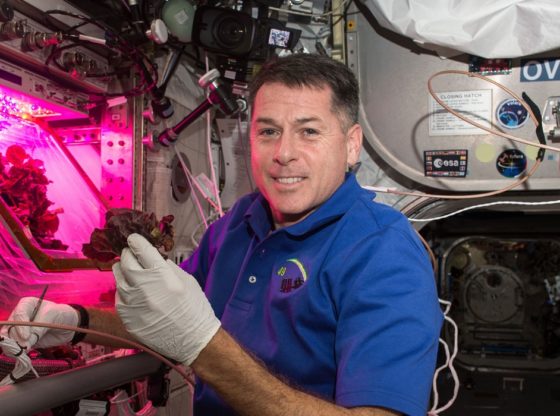

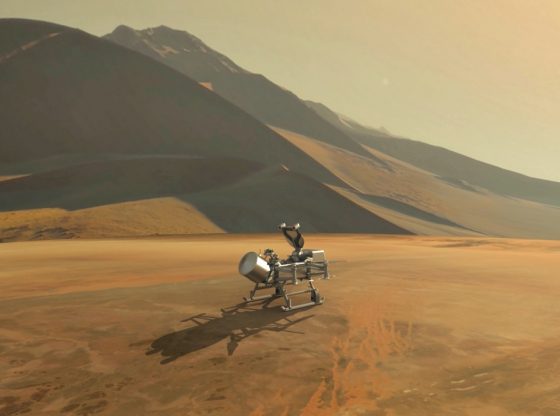
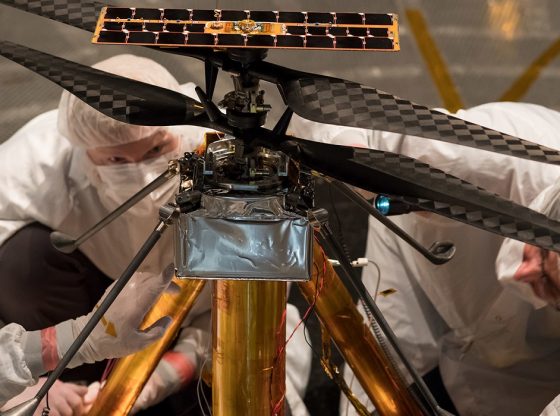
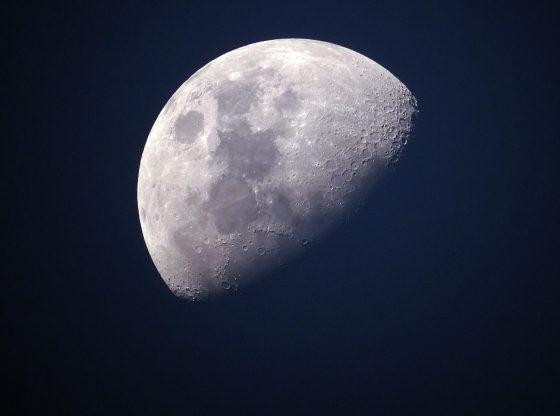
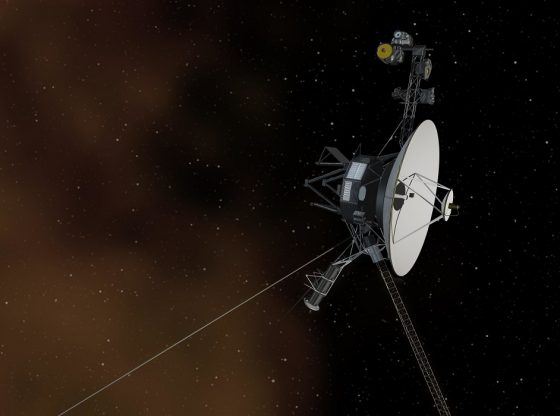
![OpenAI. (2025). ChatGPT [Large language model]. https://chatgpt.com](https://www.illustratedcuriosity.com/files/media/55136/b1b0b614-5b72-486c-901d-ff244549d67a-350x260.webp)
![OpenAI. (2025). ChatGPT [Large language model]. https://chatgpt.com](https://www.illustratedcuriosity.com/files/media/55124/79bc18fa-f616-4951-856f-cc724ad5d497-350x260.webp)
![OpenAI. (2025). ChatGPT [Large language model]. https://chatgpt.com](https://www.illustratedcuriosity.com/files/media/55099/2638a982-b4de-4913-8a1c-1479df352bf3-350x260.webp)








